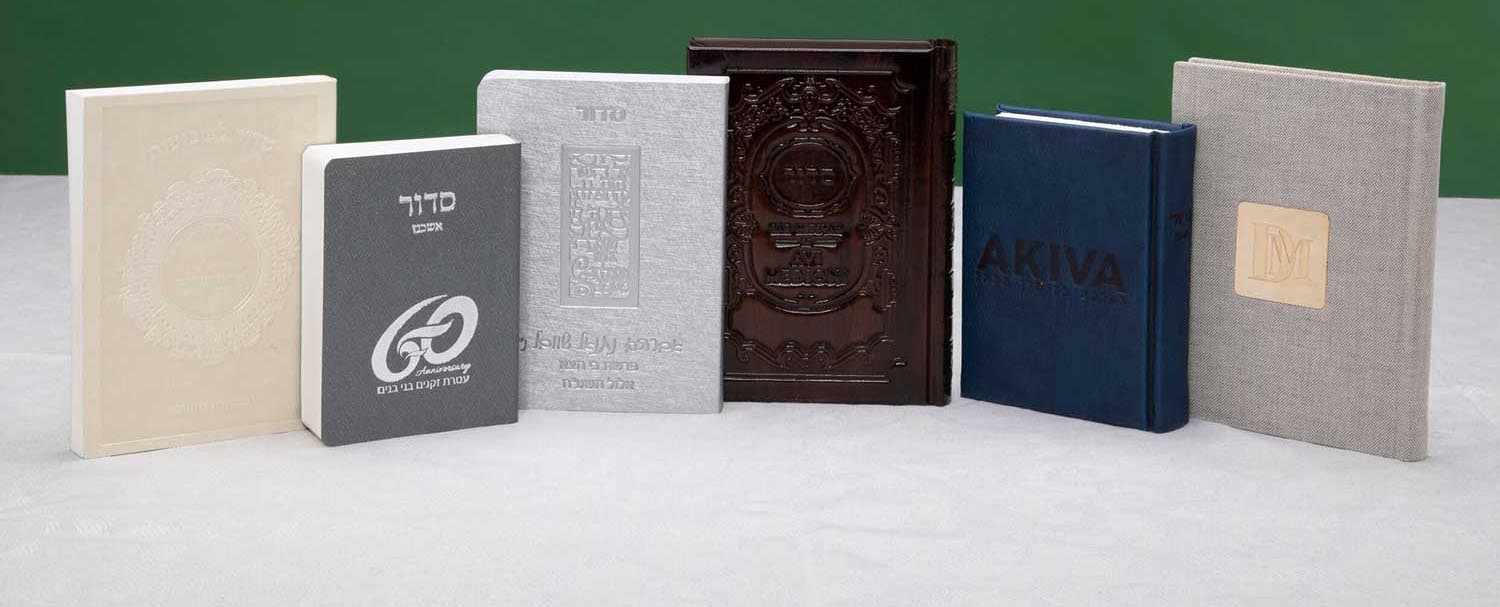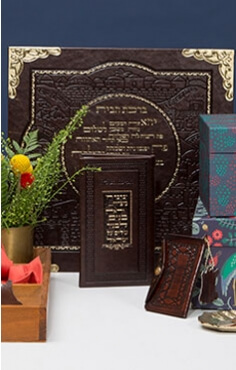
Siddurim and Tehillim: Your Keys to Spiritual Success
A Journey In and Beyond
Prayer, also known as Davening and Tefilah, stands at the center of Jewish Life. The current form – praying from a Siddur (Jewish Prayer Book) in a Shul or Beit Knesset (Synagogue) – is the distillation of thousands of years of communal tradition and man’s collective yearning to connect to something larger than the self.

Chazal, the sages who developed the oral tradition, the mobile homeland of the Jewish people throughout the exile, referred to prayer in seemingly contradictory terms. On the one hand, prayer is called “Avodah She’baLev” – service of the heart. It is where we go inward and bare our souls. It is a moment of vulnerable openness with the creator. “One who does not weave his prayers with grace, it is as if he has not prayed at all.” We deeply feel our standing in the world and attempt to humble ourselves in the process of attaining what we need for our small earthly existence.
On the other hand, prayer is “Omed B’Rumo Shel Olam” – It stands on the precipice of human existence. Its meditative potential is at the sublime brink of the human consciousness. It brings to ecstasy and a momentary singularity with spiritual forces that far surpass the material and corporeal.
There is no need to resolve the contradiction. Both sentiments are true and can be experienced congruently. This is because Jewish prayer is a moment of connection to the Divine. God himself is beyond opposites, being as all forms of reality stem from His Will. In this way, tapping into the energy contained in the Sidur allows for a moment that is universal and personal at the same time.
On Content and Style
The Sidur is comprised of 3 kinds of content. There are technical requests and blessings arranged by Chazal and the Anshei Knesses HaGedolah. There are also prayers and liturgy arranged by poets and scribes throughout the generations which serve as addendums. The final facet is recitation of biblical passages. This takes the form of dramatic episodes such as the binding of Isaac, or priestly blessings. Also in this category are chapters of Tehilim, the Psalms of King David, who in his divine inspiration assembled the collective Jewish yearnings and praises for every facet of the human experience. These chapters of Tehillim as well as other passages from the prophets are woven into the text as launching points for praise, affirmation, and inspiration.
Looking Inside the Sidur
There is tremendous emphasis placed on reading the words of prayer from inside the pages of the Sidur. For large portions of history, when prayers were shorter, main portions of the text were memorized. In these times, the Siddur was only used on special occasions. Additionally, even after the advent of the printing press, costs of productions remained high, which prevented many Jews from getting their hands on the Sidur. Often entire communities would subsist on the printing of a single volume. In such cases, each person would receive time with the prayer book in order to memorize any unique texts to be recited on special occasions. Today, the universal custom is for each person to possess their own Siddur and pray all the prayers from within the text, as opposed to reciting them from memory.

Prayer from inside the text of a Siddur increases concentration. Chazal explained that the holy letters of the Hebrew alphabet inspire wisdom on those who read them. Because the words of Tefilah are infinitely deep, it is only through proper reading of the texts from the page itself that new levels of fascinating content and meaning will be revealed to those who read them.



